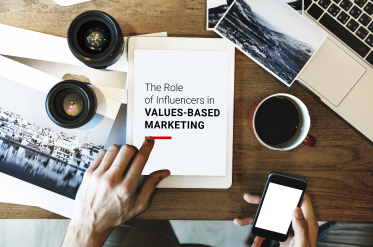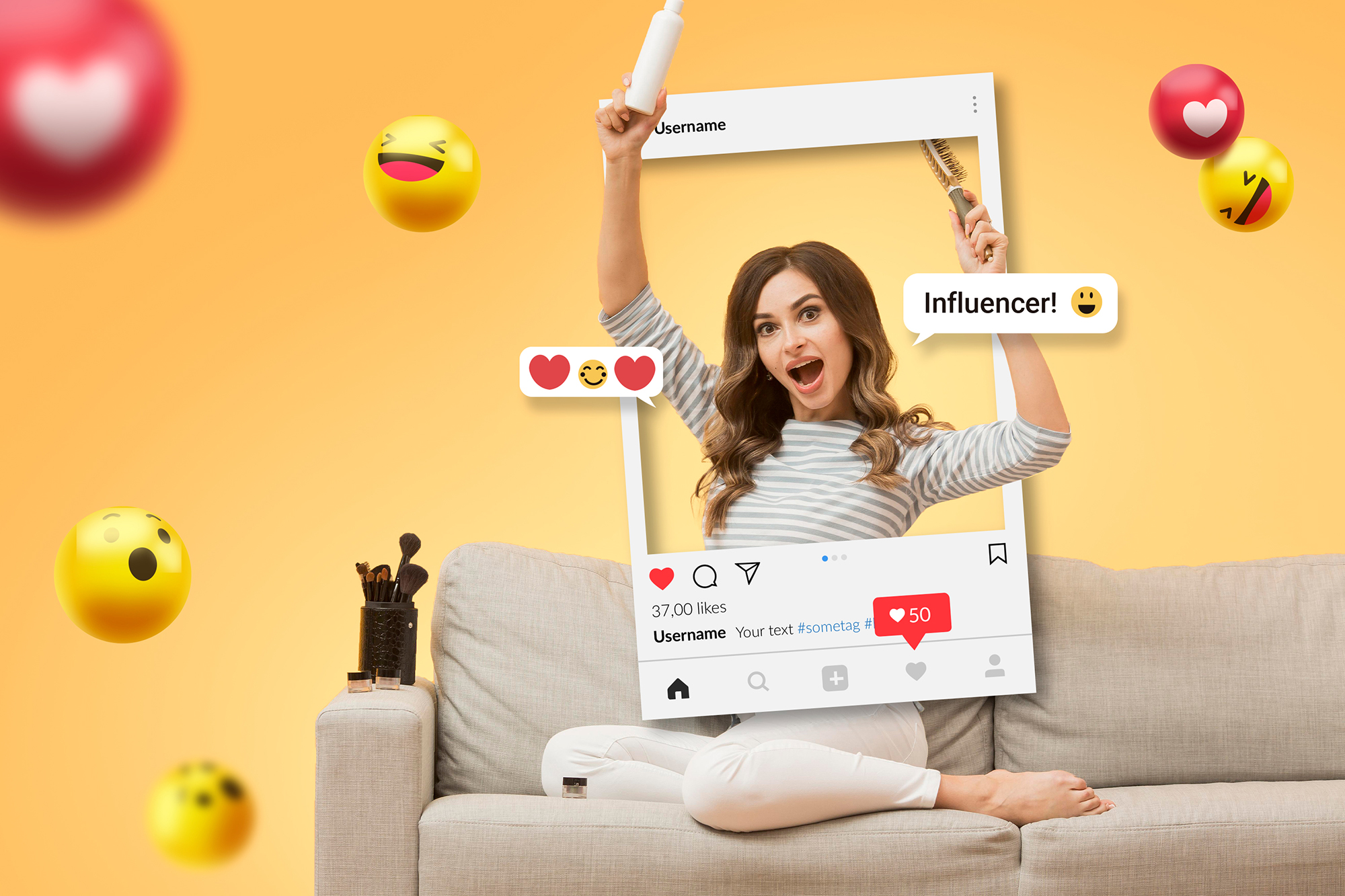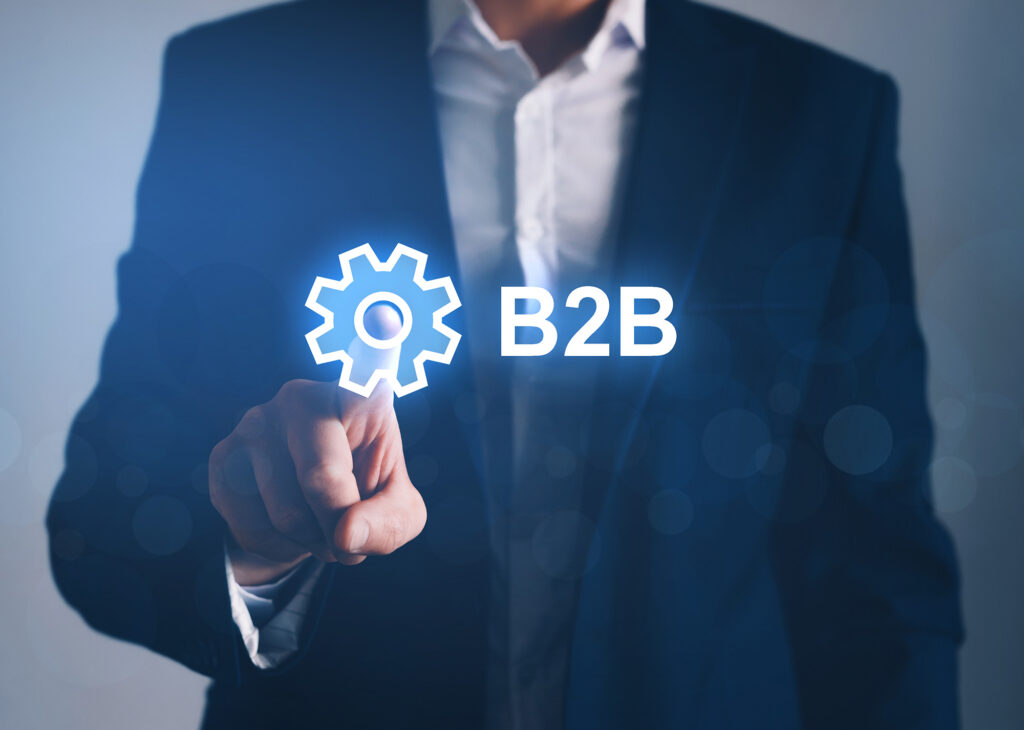Switzerland, with its snow-capped peaks, pristine lakes, and rich history, has long been a beacon of luxury and precision. The nation’s reputation for producing world-renowned watches, chocolates, and high-end fashion is unparalleled. But in the age of digital media, where personal connections and real-time engagements are paramount. How are these iconic Swiss luxury brands navigating the influencer landscape? This exploration delves deep into the relationship between Swiss luxury and influencer collaborations.
The Timeless Allure of Swiss Luxury
Switzerland’s luxury market is steeped in a tradition of excellence. The meticulous craftsmanship, attention to detail, and an unwavering commitment to quality have made Swiss products the gold standard in luxury. Whether it’s the rhythmic ticking of a Rolex watch or the avant-garde designs of a Swiss fashion house. There’s an inherent promise of longevity and class.
However, the world of luxury isn’t static. It evolves, adapts, and grows. Reflecting the changing tastes and preferences of its discerning clientele. In the digital age, where consumers are bombarded with information and choices. Swiss luxury brands face the challenge of maintaining their esteemed position. While staying relevant to a new generation of consumers. This is where influencer collaborations come into play.
Embracing the Digital Age: Swiss Luxury and Influencer Collaborations
In the vast digital landscape, influencers are the new-age celebrities. They’re not just individuals with a significant following. They’re trusted voices that have cultivated a deep, authentic connection with their audience. Their power lies in their relatability. They’re the girl next door, the avid traveler, the makeup enthusiast, or the tech geek. They share their lives, passions, and opinions. Making them highly influential in shaping consumer behavior.
For Swiss luxury brands, collaborating with influencers offers a unique opportunity. It’s a chance to showcase their products in real-world settings, to tell their brand story through fresh eyes. And to engage with a younger, digitally-savvy audience. But this collaboration isn’t without its challenges.
Swiss luxury brands, with their rich histories and established brand narratives, need to ensure that influencer collaborations align with their brand ethos. It’s a delicate balance between leveraging the influencer’s authenticity and ensuring the brand’s legacy is untarnished. This requires a deep understanding of the influencer’s audience, a clear strategy. But also open communication between the brand and the influencer.
The Success Stories and Lessons Learned: Swiss Luxury and Influencer Collaboration
Several Swiss luxury brands have successfully integrated influencer collaborations into their marketing strategies. These brands haven’t just used influencers as a marketing tool; they’ve built genuine partnerships.
One notable example is the collaboration between Swiss watch brands and travel influencers. By showcasing their watches on the wrists of travelers as they explore locales, these brands tell a story of adventure, precision, and timeless elegance. The watches, while being luxury items, are portrayed as reliable companions on any journey. Be it scaling mountains or diving deep into azure waters.
However, not all collaborations have been smooth sailing. Some brands, in a bid to tap into the influencer’s following, have forced collaborations that felt inauthentic. The key lesson here is the importance of alignment. Both the brand and the influencer need to share mutual respect and a common vision for the collaboration to resonate with the audience.
Conclusion
The intersection of Swiss luxury brands and influencer collaborations is a fascinating journey. While challenges abound. The potential for creating impactful, authentic, and engaging brand narratives is immense. As the digital realm continues to shape consumer behavior. Swiss luxury brands, with their commitment to excellence and innovation, are well poised to leverage the power of influencer collaborations. It’s a dance of elegance, precision, and authenticity. Promising a bright future for both Swiss luxury and the world of influencer marketing.
The future of influencer marketing strategy is promising. As more brands, hoteliers, and tourism agencies recognize the benefits of having tailored and clear strategies, it is likely that we will see an increase in long-term collaborations. At Brandfluence, we strive to keep you in the loop. Read from our blog, discover our services, or simply contact us.
FAQs
How do Swiss luxury brands choose the right influencers for collaboration?
- Brands typically look at the influencer’s audience demographics, content quality, engagement rates, and alignment with brand values.
Are influencer collaborations a short-term trend or a long-term strategy for Swiss luxury brands?
- While the methods might evolve. Influencer collaborations are likely to remain a long-term strategy, given the shift towards digital consumption and the power of personal recommendations.
How do Swiss luxury brands measure the success of influencer campaigns?
- Success metrics include engagement rates, conversion rates, brand sentiment analysis, and the overall ROI of the campaign.
Do influencers visit Switzerland for brand collaborations?
- Yes, many luxury brands host influencers in Switzerland. Offering them an immersive brand experience, from factory visits to exclusive events.
How do Swiss luxury brands ensure authenticity in influencer collaborations?
- Open communication, clear guidelines, and choosing influencers who genuinely resonate with the brand are crucial.
What’s the future of influencer collaborations for Swiss luxury brands?
- The future will likely see more data-driven collaborations, long-term influencer partnerships, and a focus on creating immersive brand narratives.
Useful Links:
Luxury Brands Are Missing Out on the Power of Influencer Marketing















